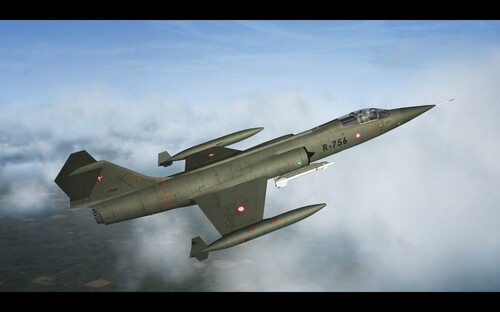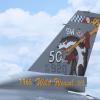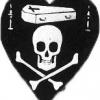- 11 replies
- 3,516 views
- Add Reply
- 0 replies
- 1,618 views
- Add Reply
- 0 replies
- 1,418 views
- Add Reply
- 0 replies
- 1,674 views
- Add Reply
- 0 replies
- 2,486 views
- Add Reply
- 0 replies
- 3,326 views
- Add Reply
Aerges Mirage F1 Project Update
By Crusader,
https://forums.eagle.ru/forum/english/licensed-third-party-projects/aerges/7150429-mirage-f1-project-update
Il2 Update 4.503 released

By 76.IAP-Blackbird,


Update 4.503
Dear friends,
Less than two weeks (wink-wink) have passed since the previous update and we just released another - 4.503. It doesn't contain so many changes, but it adds a new aircraft to the Battle of Normandy Early Access - Bf 109 G-6 late. With the MW-50 injection system engaged, it was a formidable machine capable of confronting the Allied fighters of that time. Normandy map and Battle of Normandy Career are still in development according to th
Il2 DD Update Dev Blog 265 "Bf-109G6 Late"

By 76.IAP-Blackbird,
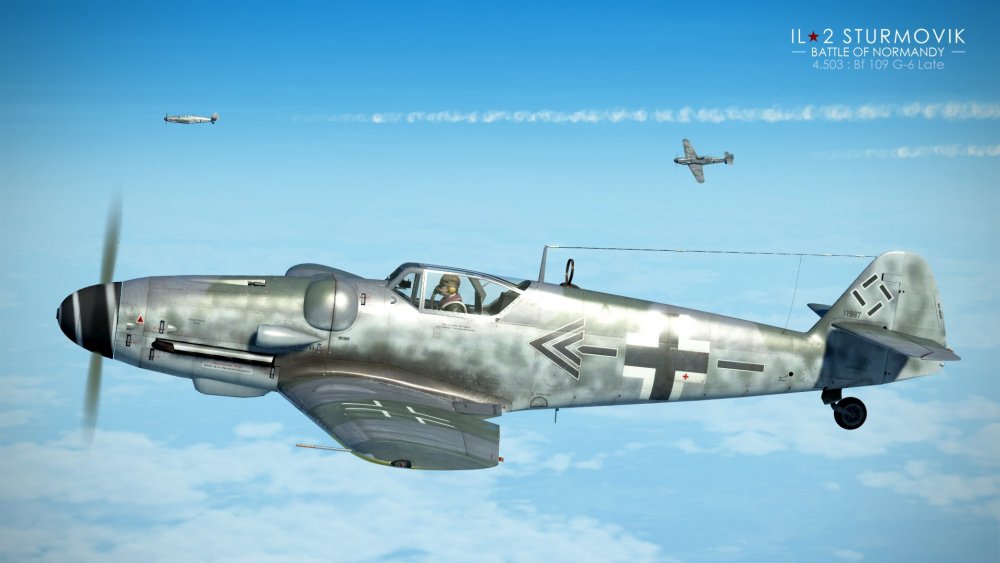

Dear Friends,
We know that the Battle of Normandy pre-order customers are eagerly waiting for its planes to arrive. It's understandable, but in spite of our team keeping the development rate at a very high level, creating an aircraft with the fidelity worthy of our simulation from scratch is very time consuming and labor intensive. The main bulk of the Normandy planes list will arrive next year. However, some of the planes that are based on the previous ones will arrive sooner.
F-22 Raptor Quick Aircraft Facts

By Skyviper,
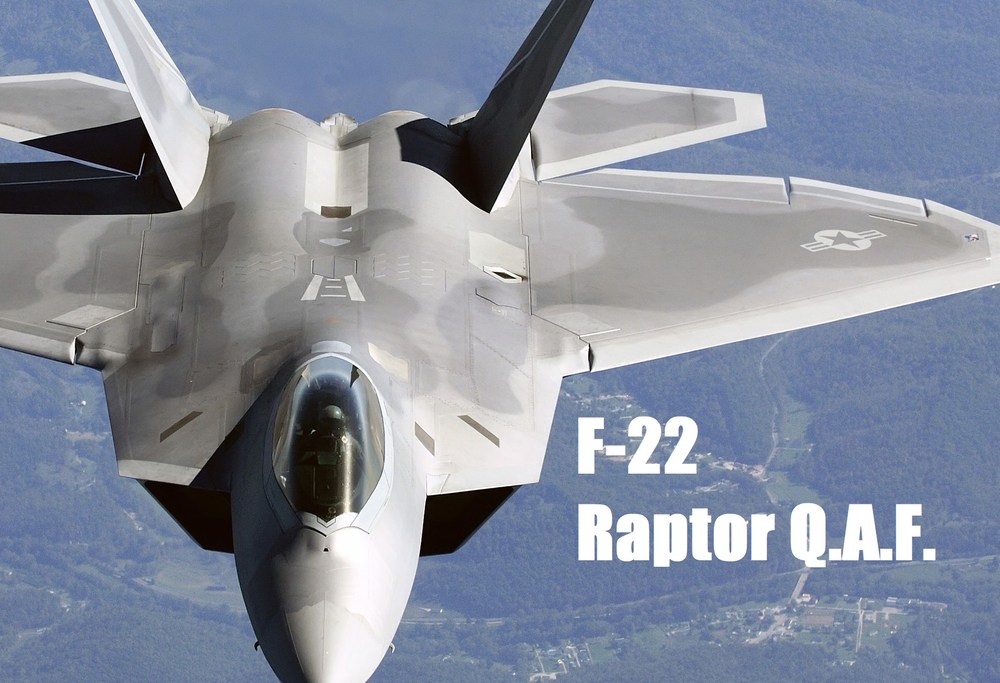

The F-22 Raptor was developed to counter a growing threat during the cold war. However as hostilities subsided the need for this aircraft went away according to some. To others there's still a great need for this aircraft. Moving beyond the drama and focusing on the facts, the F-22 Raptor isn't something to scoff at and we'll quickly explain this aircraft history in this presentation.
Il2 Update 4.502 released

By 76.IAP-Blackbird,
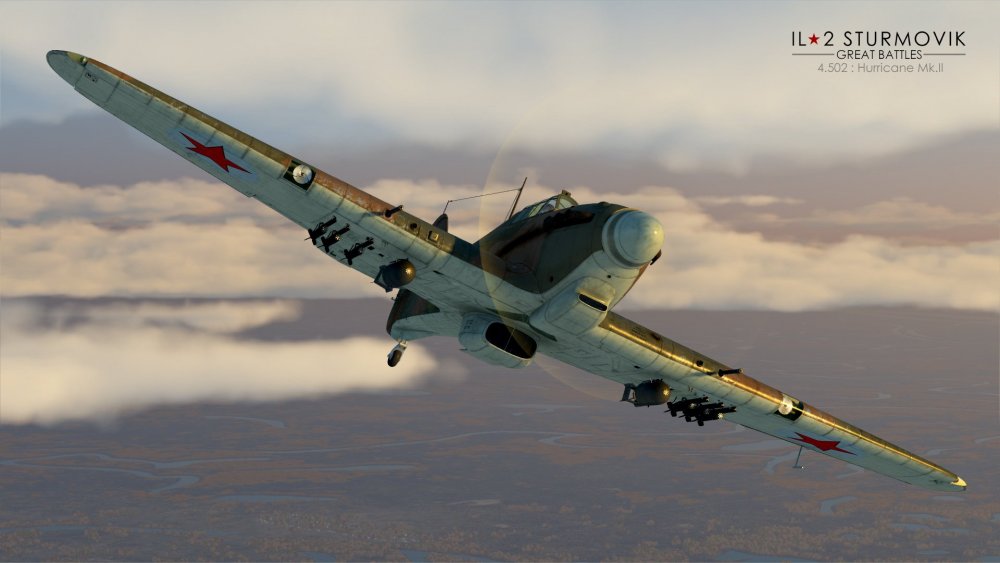

Update 4.502
Attention Pilots!
On this chilly Autumn day, we’re releasing a large update to IL-2 Sturmovik - update 4.502 is here! The star of this update is the new Hurricane Mk.II Collector Plane. This plane has the most modifications in our sim and with a wide range of weapon loadouts available this makes it 5 aircraft in 1. You get several variants including the IIa, IIb, IIc, IId and the one with the Soviet armament. The famous Dust Filter and Merlin XX engine with +14lb
Il2 DD Update Dev Blog 264 "C-47 & Hurricane"

By 76.IAP-Blackbird,


Dear Friends,
It's the middle of Autumn already and the work on the project progresses well. For instance, the AI-controlled transport plane C-47A Skytrain (Dakota) for Battle of Normandy is almost ready and you'll get it in the next update. This WWII veteran served in air forces and civilian air fleets of many countries for several decades - one of the iconic symbols of the piston era of aviation. These aircraft played a tremendous role in the Battle of Normandy, dropping paratroope


